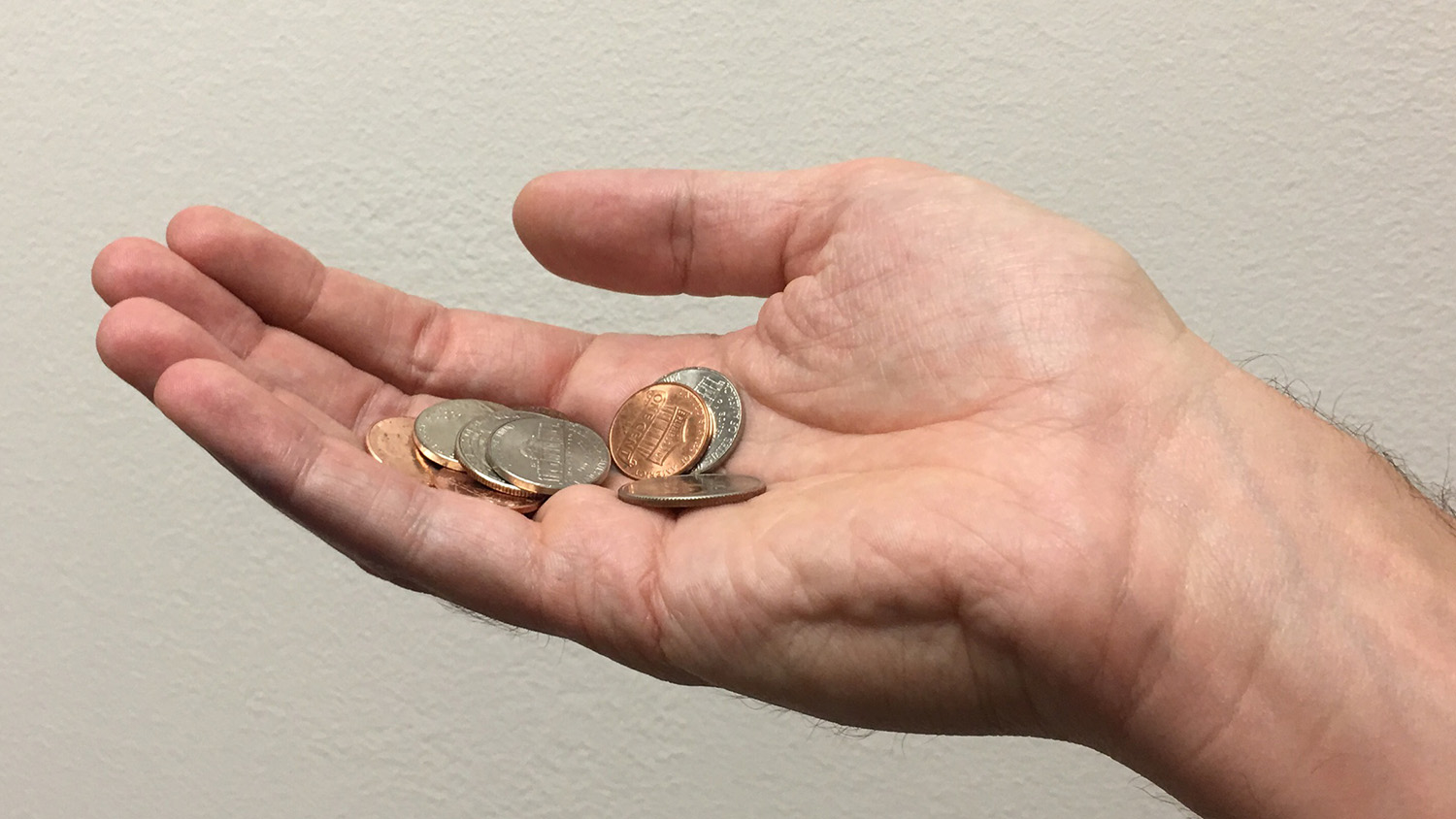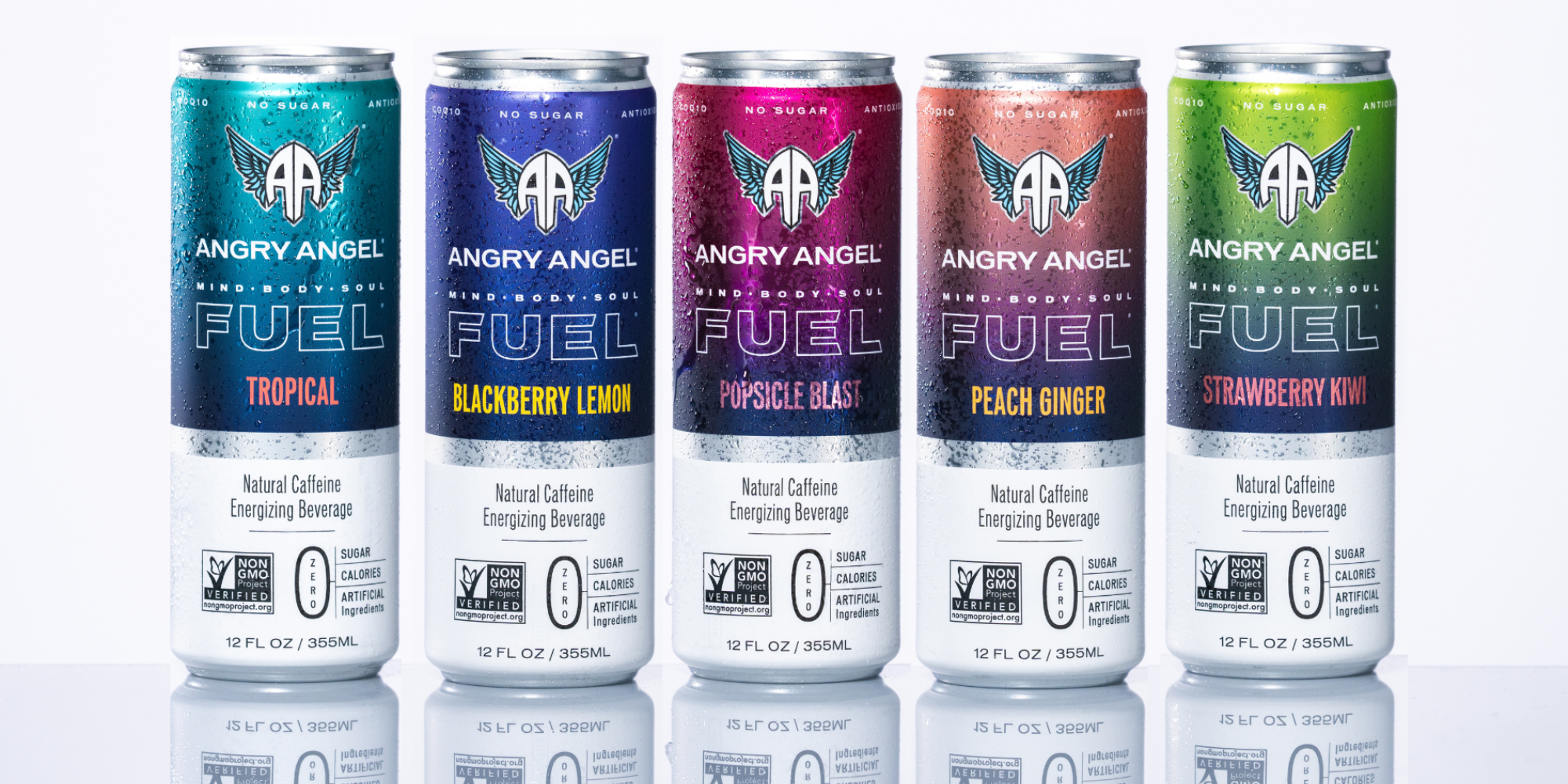‘Rounding Up’ Beats Traditional Fundraising Requests

If you’ve been to the grocery store lately, you may have been asked if you wanted to donate a dollar or five to charity. Or you may have been asked if you wanted to round up to the nearest dollar, with the difference going to a charity. Which approach raises more money?
A team of marketing researchers has found that rounding up is the way to go.
Sure, traditional requests (i.e., “Would you like to give a dollar?”) raise more money per donation – but so many more people agree to rounding up that it more than makes up for the difference.
“We found that people are more likely to give if asked to round up, even if the amount of money involved is identical,” says Stefanie Robinson, an assistant professor of marketing in NC State’s Poole College of Management.
“For example, if the purchase price is $2.50, people are more likely to agree to round up than if you simply asked them to donate 50 cents,” says Robinson, who co-authored a recent paper on the research.
The amount of money involved makes a difference, but only a small one.
In one experiment, 41 people were told their bill was $23.01 and asked to donate one dollar; only 39.02 percent said yes. Another 41 people were asked to round up from $23.01 to $24; 63.41 percent said yes. A third group of 41 people was asked to round up from $23.97; 75.61 percent said yes.
“If the size of the donation was a major factor, we’d expect to see a larger differential between rounding up 99 cents and rounding up three cents – but we don’t,” Robinson says.
In a second experiment, participants were given one of three scenarios: Did they want to donate 50 cents? Did they want to round up from a purchase price of $23.50 to $24? Or did they want to round up from $23.50, with an explicit statement that this would amount to 50 cents?
Only 31.25 percent of participants made the flat donation. But 61.76 percent of participants agreed to round up – and a 72.72 percent of participants agreed to round up when told it came to 50 cents. Those are big differences in participation, given that the actual amount of money being donated was the same for every scenario.
But the researchers wanted to see how this might work in the real world.
To that end, the researchers partnered with a nonprofit zoo that normally asks patrons if they would like to donate a dollar when they purchase food at an on-site cafeteria.
During the 19 days from March 13-31, 2017, the zoo instead asked patrons if they wanted to round up their purchase to the nearest dollar. The researchers then compared the donations during this study period to donations collected from Feb. 22-March 12, 2017 (the 19 days leading up to the study) and from March 13-31, 2016 (the same time period a year earlier).
During the study period, 45 percent of patrons agreed to round up their purchases in order to donate to the zoo. During the other two periods, only 18 percent of patrons agreed to donate one dollar. That disparity in participation made a big difference to the bottom line – the zoo raised 21 percent more money per transaction when donations were framed as rounding up.
“We found that people feel less perceived pain when asked to round up versus when they are asked for a donation,” Robinson says. “But we still don’t understand why that is the case. That’s a question for a future study – we have some ideas.”
The paper, “Would You Like to Round Up and Donate the Difference? Roundup Requests Reduce the Perceived Pain of Donating,” is published in the Journal of Consumer Psychology. The paper’s corresponding author is Katie Kelting of Saint Louis University. The paper was co-authored by Richard Lutz of the University of Florida.
This post was originally published in NC State News.
- Categories:


